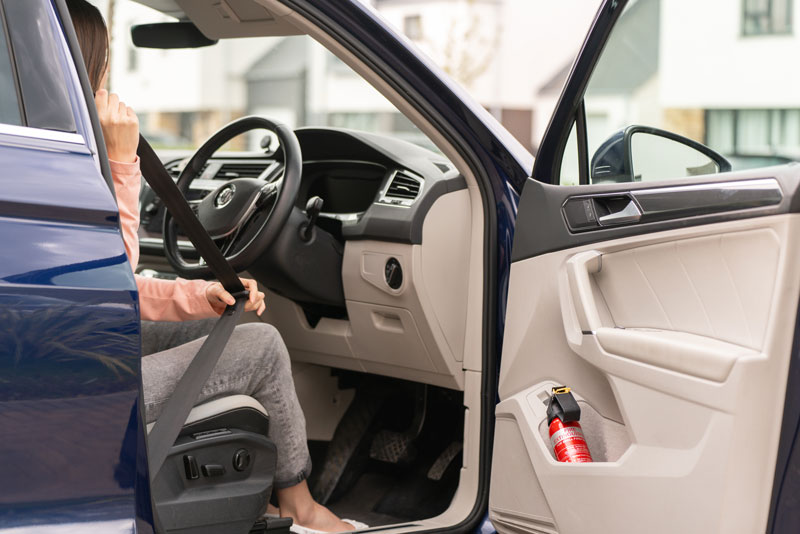
In approximately 80% of all fire incidents, a simple portable fire extinguisher is all that is needed to put out the fire. Studies have also shown that 60% of fires go unnotified. This means that the fire is not severe and can be handled easily with a fire extinguisher.
It is important to know what type of Extinguisher will put out which type of fire. Fires are identified using a classification system, meaning they are separated into different classes depending on the fuel of the fire involved. This makes it easier to know which fire extinguishers will be needed.
The types of fire extinguishers needed in any premises will depend on the nature of the risks and the types of fire that are likely to occur.
Fire Classes
Class A Fires
Class A fires involve carbon-based materials such as wood, paper, or textiles
Class B Fires
Class B fires involve flammable liquids such as petrol, diesel, oils etc.
Class C Fires
Class C fires are fires involving gases
Class D Fires
Class D fires involve flammable metals
Class F Fires
Class F fires involve cooking oils and fats
Electrical Fires
Electrical fires are fires involving electrical equipment
There are six main types of fire extinguishers, these are:
Water Fire Extinguishers
Foam Fire Extinguishers
Dry Powder (ABC rated) Fire Extinguishers
Carbon Dioxide (CO2) Fire Extinguishers
Water Mist Fire Extinguisher
Wet Chemical Fire Extinguishers
See the Quick Reference Chart below to easily choose the correct Fire Extinguisher:
It is recommended that you should keep a fire extinguisher in each floor of the building, keeping at least one fire extinguisher in a central location on each floor of your home so you have it available in case of an emergency. This could be in the garage, laundry room, bedrooms, patio, and other areas you think would be useful. On business premises, the number and type of extinguishers will be determined by the person carrying out the Fire Risk Assessment.
Points to note before tackling a fire:
- Do not attempt to use an extinguisher on a fire unless you feel it is safe for you to do so
- Position the extinguisher where you can get to it quickly, e.g. the hall
- Buy extinguishers that you can easily carry
- Do not position extinguishers over a heater or fire, but do fix them to the wall, so they are out of reach of children but still easily accessed
- Read the instructions and be familiar with how to use your extinguishers. Do not leave it until you have a fire
- If you require the extinguishers for a business (including letting premises) you must have them serviced once a year
- If you are using a fire extinguisher to fight a fire, keep yourself on the escape route side of the fire
Here at Firechief, we want you to feel safe. Our mission is to work hard every day to protect lives and property from fire by providing a range of fire safety products that can be trusted to perform when the heat is on.
The Firechief range includes high-performance fire extinguishers, fire blankets, first aid kits, lithium-ion fire extinguishers and fire alarms.
For more information, call us on +44 (0)330 999 0019 or email sales@firechiefglobal.com.


